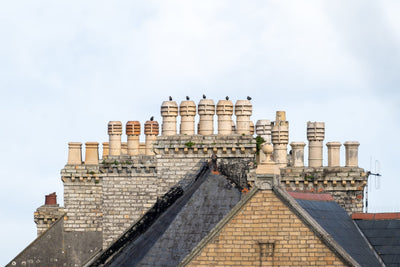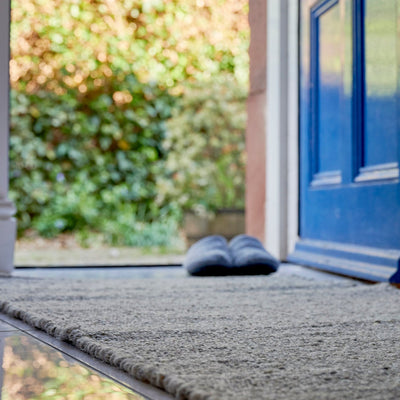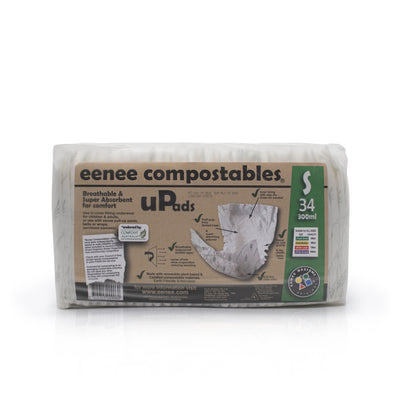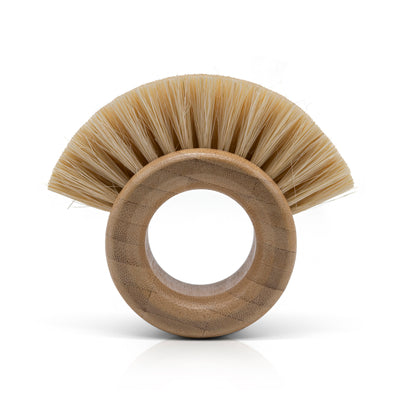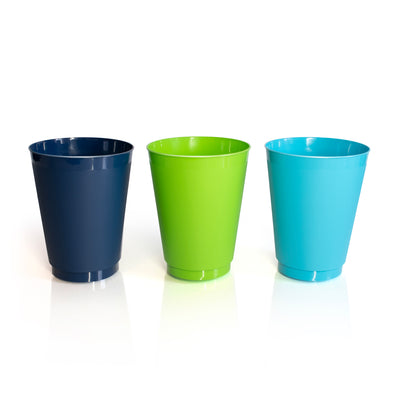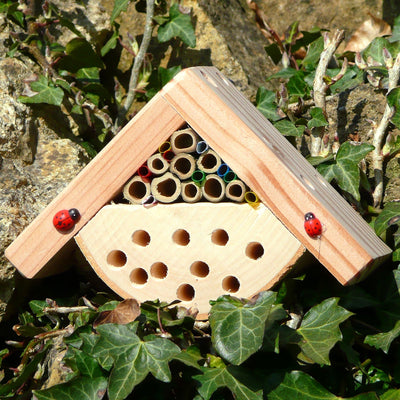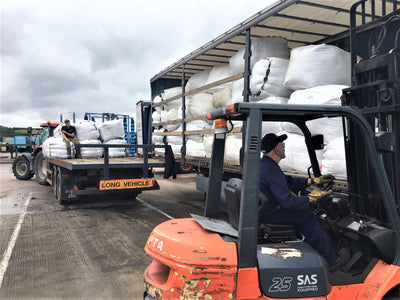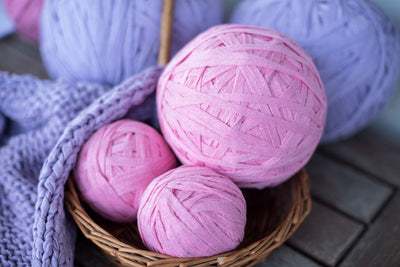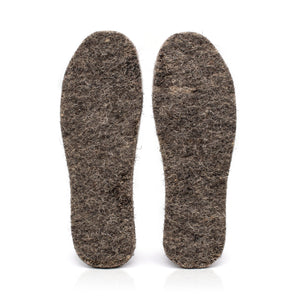Once upon a time, long long ago, all bats lived in veteran trees. Well, except for the ones that lived in caves. But nearly all bats lived in veteran trees, that provided a whole range of natural crevices for them. Then people came along and chopped down a lot of the trees, nearly all the veteran ones, and built a load of houses. “OK” said the bats. “We’ve been around a few million years and we’re adaptable. We’ll move into the houses”. And so they did. Because really a house is filled with sheltered nooks and crannies like a tree, and lofts are big shady spaces to fly around in just like a close tree canopy. For some reason, people got upset about bats living in their homes. They thought bats were like flying mice, carrying disease and bringing damage with them. BATS ARE NOT FLYING MICE. They don’t chew stuff. They don’t bring in nesting material. They only have one pup a year. They don’t carry disease, and they don’t wee all over your work surface. So if they’re not bothering you too much, it’s wonderful if you can let them carry on living in your home. They don’t really live in it, but in the gaps and cavities around the extremities, and sometimes in the attic if you’re lucky enough to have one. But bats need more than gaps in homes. They really want to be living in veteran trees like in the good old days. And if the trees aren’t big enough to have natural gaps in, then bat boxes are the next best thing. It’s like putting the crevices around the outside of the tree.
What are the bat boxes made of?
These bat boxes are made with bats in mind (unlike a lot of bat boxes that look pretty but are not very functional). Features constructed with bats in mind include:
- Thick timber for good insulation
- Rough sawn timber to make it grippy for little bat claws
- Side panel construction to make it better insulated
- Two panels so bats have a choice of roost locations
- Staggered length panels so there’s a landing strip whichever panel they select
- Small gap at the top so bats can shift from front panel to back without exiting the box
- Tightly constructed with sealed joints to make it draught proof and weatherproof inside
- Drilled mounting piece attached at the rear for easy fixing to trees. Well I guess that feature is for the person putting the boxes up, not the bats.
Which bats will roost in this bat box?
There are 18 species of bat in the UK, comprising almost a quarter of all UK mammal species. Different species have different roost requirements. The ones you are most likely to see in these boxes are pipistrelle species. These are the tiny soprano pipistrelle, common pipistrelle, and if you’re very lucky the rare Nathusius pipistrelle. Most other UK bat species might use these boxes though, depending on where in the country you are and where in the countryside you put it. The ones that won’t use it are the lesser and greater horseshoe bats. These are the ones that roost in the classic hanging-from-the-ceiling-wings-wrapped-around-them stance. Other bats tend to sort of tuck themselves into the gap and grip onto the rough surface of the timber.
The gap looks quite small, are you sure bats will use it?
Yes. A common mistake is to make bat boxes too big and airy. Most bats like to squash into a confined space.
Where should the bat box be erected?
The best place is on a tree as high up as you can get it. It should be sheltered, so not too visible to predators (tawny owls mostly) (though woodpeckers will have a go at hibernating bats, as will a few other birds). However it shouldn’t be too cluttered by branches and leaves either, so bats should be able to fly to the box without dodging too many obstacles. Try to avoid trees with ivy as this can quickly grow into the box and block it up. Bats like it nice and warm. They are warm blooded mammals but like to make the most of natural thermal heating, so if it’s facing a southerly aspect they will be more likely to use it. However it’s worth trying a range of aspects and they do hibernate in these boxes, so a northerly aspect will be fine if it’s not exposed to prevailing winds. In the winter bats drop their body temperature down so they seek out places with a cool constant temperature to hibernate in. A bat box made of thick timber is ideal for this and we've found many a bat hibernating in this type of box.
>How do I check whether bats are using the box?
You can shine a high powered torch up into the box from ground level to see if there are any occupants. If it’s the winter, and you see a bat STEP AWAY FROM THE BOX. It’s hard for a bat to get fat on insects and it needs to keep its reserves going all winter. If it wakes up it uses precious energy and this could even mean it doesn’t survive the winter. It’s unlikely that bats will have their young in this type of box but if you suspect they have used it as a maternity roost then you mustn’t disturb them then either. Bats are protected by law and you mustn’t do anything that would disturb a bat to the extent that it would affect its ability to live, thrive or survive.
If I put up a bat box will bats move out of my house?
If you are lucky enough to have bats in your house then it’s probably because it’s got exactly the right conditions that it was looking for in a veteran tree that it’s now found in your house. There’s a small chance that bats will prefer the box to your home, but it’s probably going to be a supplementary roost for them. If you can let them stay in your home while they are there in the summer months then you are providing a vital ecological niche for a protected species. If the bats are causing you problems then please don’t block up the gap they use for getting in and out. If you call the bat helpline they can give you advice.
Will bats use this bat box as a maternity roost?
It’s unusual for bats to use this type of bat box to have their young in. However they might do, particularly if it’s erected somewhere on a warm elevation somewhere with a bit of a slope to it (so it replicates the slope of a roof). A lot of bats roost in the gap between the roofing slates / tiles and the roof lining, so this box recreates this gap to some extent. They are also found roosting behind fascia boarding, and this box again replicates this kind of a niche for them.
Will bats hibernate in this bat box?
Yes we often find bats hibernating in these types of box. Usually pipistrelle species, though it’s hard to tell when you’re at the bottom of the tree, you can just see a nose and some tucked in ears, and you don’t want to leave the torch on them too long.
What can be done to encourage bats?
All the things you do to encourage wildlife generally will be good for bats. In addition:
- Add a batbox like this into your garden. Here is some advice from the Bat Conservation Trust on where is best to put it. This will encourage them to roost in your garden by giving them a safe place to do so.
- Plant night flowering plant species that attract night flying insects.
- Have a pond or body of water, both to attract insects and for bats to drink from.
- Turn lights off at night! Bats are sensitive to light disturbance, some species more than others. They prefer nice dark places so if you can keep bits unlit the grateful bats will eat up all your midges and mosquitos for you.
Once upon a time, long long ago, all bats lived in veteran trees. Well, except for the ones that lived in caves. But nearly all bats lived in veteran trees, that provided a whole range of natural crevices for them. Then people came along and chopped down a lot of the trees, nearly all the veteran ones, and built a load of houses. “OK” said the bats. “We’ve been around a few million years and we’re adaptable. We’ll move into the houses”. And so they did. Because really a house is filled with sheltered nooks and crannies like a tree, and lofts are big shady spaces to fly around in just like a close tree canopy. For some reason, people got upset about bats living in their homes. They thought bats were like flying mice, carrying disease and bringing damage with them. BATS ARE NOT FLYING MICE. They don’t chew stuff. They don’t bring in nesting material. They only have one pup a year. They don’t carry disease, and they don’t wee all over your work surface. So if they’re not bothering you too much, it’s wonderful if you can let them carry on living in your home. They don’t really live in it, but in the gaps and cavities around the extremities, and sometimes in the attic if you’re lucky enough to have one. But bats need more than gaps in homes. They really want to be living in veteran trees like in the good old days. And if the trees aren’t big enough to have natural gaps in, then bat boxes are the next best thing. It’s like putting the crevices around the outside of the tree.
What are the bat boxes made of?
These bat boxes are made with bats in mind (unlike a lot of bat boxes that look pretty but are not very functional). Features constructed with bats in mind include:
- Thick timber for good insulation
- Rough sawn timber to make it grippy for little bat claws
- Side panel construction to make it better insulated
- Two panels so bats have a choice of roost locations
- Staggered length panels so there’s a landing strip whichever panel they select
- Small gap at the top so bats can shift from front panel to back without exiting the box
- Tightly constructed with sealed joints to make it draught proof and weatherproof inside
- Drilled mounting piece attached at the rear for easy fixing to trees. Well I guess that feature is for the person putting the boxes up, not the bats.
Which bats will roost in this bat box?
There are 18 species of bat in the UK, comprising almost a quarter of all UK mammal species. Different species have different roost requirements. The ones you are most likely to see in these boxes are pipistrelle species. These are the tiny soprano pipistrelle, common pipistrelle, and if you’re very lucky the rare Nathusius pipistrelle. Most other UK bat species might use these boxes though, depending on where in the country you are and where in the countryside you put it. The ones that won’t use it are the lesser and greater horseshoe bats. These are the ones that roost in the classic hanging-from-the-ceiling-wings-wrapped-around-them stance. Other bats tend to sort of tuck themselves into the gap and grip onto the rough surface of the timber.
The gap looks quite small, are you sure bats will use it?
Yes. A common mistake is to make bat boxes too big and airy. Most bats like to squash into a confined space.
Where should the bat box be erected?
The best place is on a tree as high up as you can get it. It should be sheltered, so not too visible to predators (tawny owls mostly) (though woodpeckers will have a go at hibernating bats, as will a few other birds). However it shouldn’t be too cluttered by branches and leaves either, so bats should be able to fly to the box without dodging too many obstacles. Try to avoid trees with ivy as this can quickly grow into the box and block it up. Bats like it nice and warm. They are warm blooded mammals but like to make the most of natural thermal heating, so if it’s facing a southerly aspect they will be more likely to use it. However it’s worth trying a range of aspects and they do hibernate in these boxes, so a northerly aspect will be fine if it’s not exposed to prevailing winds. In the winter bats drop their body temperature down so they seek out places with a cool constant temperature to hibernate in. A bat box made of thick timber is ideal for this and we've found many a bat hibernating in this type of box.
>How do I check whether bats are using the box?
You can shine a high powered torch up into the box from ground level to see if there are any occupants. If it’s the winter, and you see a bat STEP AWAY FROM THE BOX. It’s hard for a bat to get fat on insects and it needs to keep its reserves going all winter. If it wakes up it uses precious energy and this could even mean it doesn’t survive the winter. It’s unlikely that bats will have their young in this type of box but if you suspect they have used it as a maternity roost then you mustn’t disturb them then either. Bats are protected by law and you mustn’t do anything that would disturb a bat to the extent that it would affect its ability to live, thrive or survive.
If I put up a bat box will bats move out of my house?
If you are lucky enough to have bats in your house then it’s probably because it’s got exactly the right conditions that it was looking for in a veteran tree that it’s now found in your house. There’s a small chance that bats will prefer the box to your home, but it’s probably going to be a supplementary roost for them. If you can let them stay in your home while they are there in the summer months then you are providing a vital ecological niche for a protected species. If the bats are causing you problems then please don’t block up the gap they use for getting in and out. If you call the bat helpline they can give you advice.
Will bats use this bat box as a maternity roost?
It’s unusual for bats to use this type of bat box to have their young in. However they might do, particularly if it’s erected somewhere on a warm elevation somewhere with a bit of a slope to it (so it replicates the slope of a roof). A lot of bats roost in the gap between the roofing slates / tiles and the roof lining, so this box recreates this gap to some extent. They are also found roosting behind fascia boarding, and this box again replicates this kind of a niche for them.
Will bats hibernate in this bat box?
Yes we often find bats hibernating in these types of box. Usually pipistrelle species, though it’s hard to tell when you’re at the bottom of the tree, you can just see a nose and some tucked in ears, and you don’t want to leave the torch on them too long.
What can be done to encourage bats?
All the things you do to encourage wildlife generally will be good for bats. In addition:
- Add a batbox like this into your garden. Here is some advice from the Bat Conservation Trust on where is best to put it. This will encourage them to roost in your garden by giving them a safe place to do so.
- Plant night flowering plant species that attract night flying insects.
- Have a pond or body of water, both to attract insects and for bats to drink from.
- Turn lights off at night! Bats are sensitive to light disturbance, some species more than others. They prefer nice dark places so if you can keep bits unlit the grateful bats will eat up all your midges and mosquitos for you.







